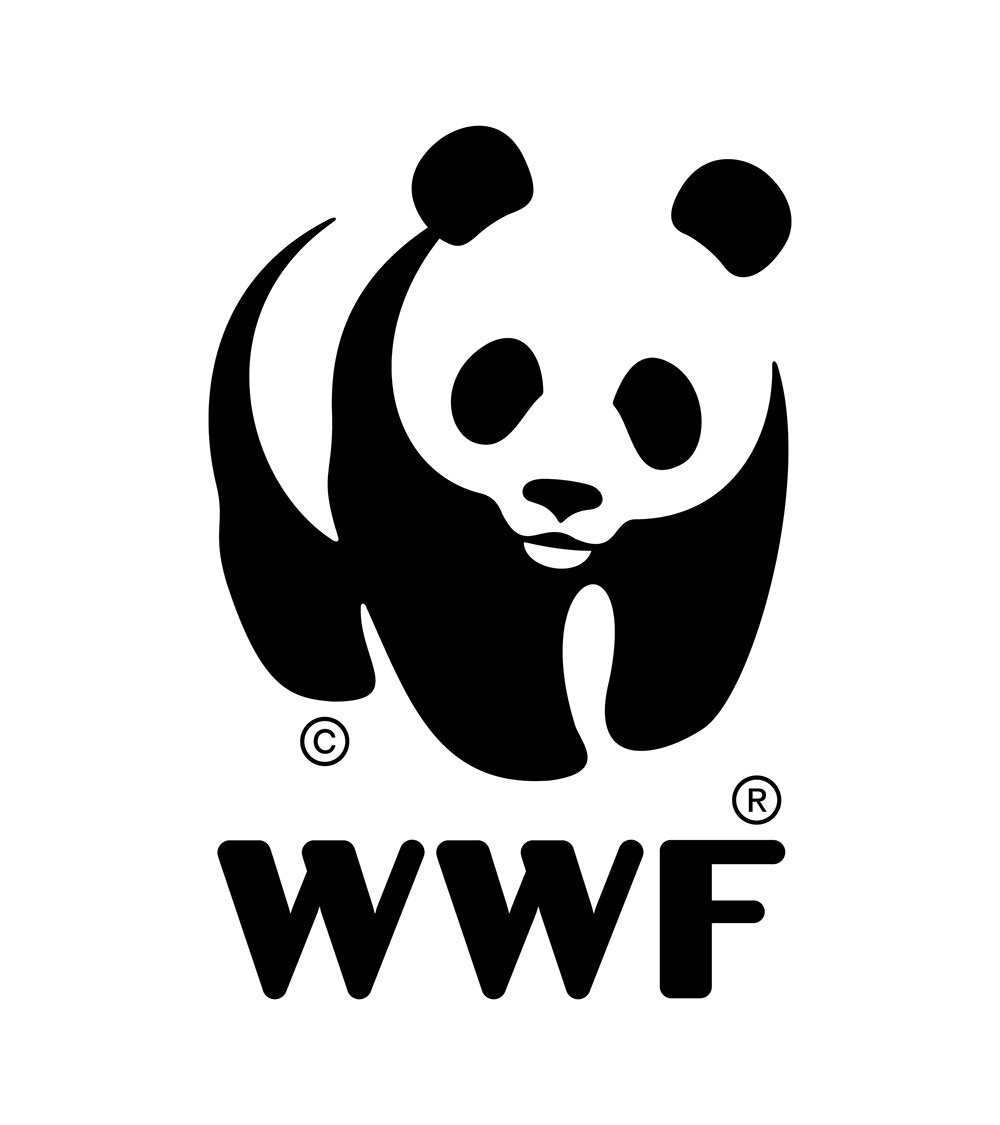Using acoustic deterrents to safeguard dolphins from bycatch in Peru
Bottlenose dolphins jumping off the coast of Peru ©Liam Gutierrez Huamani/Shutterstock
In our rivers, lakes and oceans, there is significant competition for resources, not only between marine species but also between fishing communities and the wildlife who call these habitats home. Wherever there is fishing, there is bycatch, the incidental capture of non-target species, including whales, dolphins and porpoises.
Multiple studies show a direct link between declining whale, dolphin and porpoise population numbers and interactions with fishing gear. Estimates indicate more than 300,000 whales, dolphins and porpoises die from entanglement in fishing nets each year.
Proven solutions to reduce bycatch do exist and others are constantly being discovered. WWF, along with our partners, is developing, testing and implementing alternative fishing gear, integrating conservation science into effective fisheries management and working to strengthen legislation on bycatch.
About dolphins
You can find dolphins in every ocean with some that inhabit rivers. Most species prefer the warm waters of the tropic zones, but some, such as the right whale dolphin, prefer colder climates. Dolphins can range in size from the 1.7-metre-long (5 ft 7 in) and 50-kilogram (110-pound) Maui's dolphin to the 9.5 m (31 ft) and 10-tonne (11-short-ton) orca.
Dolphins are high social marine mammals living in pods of up to a dozen individuals. Pod sizes and structures vary greatly between species and locations. In areas with a high abundance of food, pods can merge temporarily, forming a superpod that may exceed 1,000 animals. They are known to teach, learn, cooperate, scheme, and grieve. They communicate using squeaks, clicks and whistles and feed mainly on fish and squid, which they hunt using echolocation.
The greatest threat dolphins face is bycatch. Warming ocean temperatures, marine heatwaves, and habitat degradation also threaten many dolphin species.
Since the 1980s, river dolphin populations have plummeted an alarming 73 per cent. After decades of seemingly irreversible decline in global population numbers, eleven Asian and South American countries signed a landmark deal to save the world’s six surviving species from extinction.
Adopted by Asian and South American range states from Colombia to India, the Global Declaration for River Dolphins aims to halt the decline of all river dolphin species and increase the most vulnerable populations. It will scale up collective efforts to safeguard the remaining river dolphin species by developing and funding measures to eradicate gillnets, reduce pollution, expand research, and increase protected areas.
Dolphin bycatch in Peru
The waters in and around Peru are some of the most productive worldwide and hundreds of coastal communities and industries depend on it. However, fisheries in Peru face many obstacles, including overfishing, as well as illegal, unreported and unregulated fishing. Many species, including dolphins, are also heavily impacted by bycatch.
Piero Uceda, a marine biologist working for WWF Peru ©Yawar Films
“There have been studies reporting the high bycatch rate of small cetaceans in artisanal fisheries along the Peruvian coast. Estimates indicate an average annual catch of 2,608 dolphins for a single port in northern Peru between 2002-2007. This information shows that the Peruvian coast is one of the main areas where this problem of incidental capture of small cetaceans occurs,” says Piero Uceda, a marine biologist working for WWF Peru.
“The main dolphin species that are incidentally caught in gillnets are common dolphins, Burmeister's porpoises, spinner dolphins, dusky dolphins, and bottlenose dolphins.”
What is WWF Peru doing to mitigate incidental catch?
Since 2018, WWF Peru has conducted experimental trials with dolphin pingers to evaluate the reduction of dolphin bycatch in artisanal fishery gillnets. They successfully conducted these trials in five fishing communities, where dolphin bycatch was reduced by approximately 50 per cent without affecting the fishery’s target catch. The plan is to ultimately present the results to the Peruvian Maritime Research Institute (IMARPE).
“In April, the fishing community of Ancon, Lima, will take an important step towards marine conservation with the start of new experimental trials with Dolphin pingers on two of its vessels. However, a lack of information on the specific diversity of gillnet bycatch has led to an even bolder initiative. In collaboration with the fishers, we will install remote electronic monitoring (REM) cameras on each vessel. These cameras will provide continuous and detailed data on the different species that accidentally fall into the nets, allowing for accurate and targeted identification of conservation efforts,” says Piero.
A fisher with a pinger. @WWF Peru
What are pingers?
Dolphin pingers are acoustic devices that are activated on contact with water. They are secured onto the gillnets with a 200-meter separation between them and produce "pings" at random intervals of 4 to 12 seconds. By emitting noise at regular intervals, the pingers deter the dolphins from swimming too close to the net and getting entangled.
©WWF Peru
What are the next steps?
“We hope to present the results to the Peruvian Marine Research Institute (IMARPE), with the objective that they can evaluate its effectiveness and validate this technology, so that they can issue a recommendation to the Ministry of Production (PRODUCE) regarding the use of these acoustic devices on gillnets along the Peruvian coast, mainly in those with a high rate of dolphin bycatch,” says Piero.
WWF Peru also provides training to artisanal fishers and guides for handling and releasing dolphins incidentally caught.





